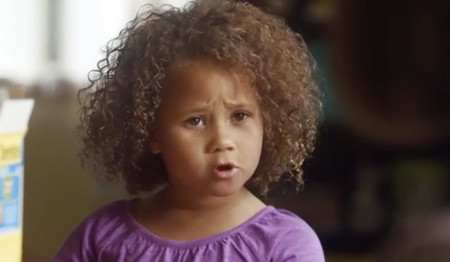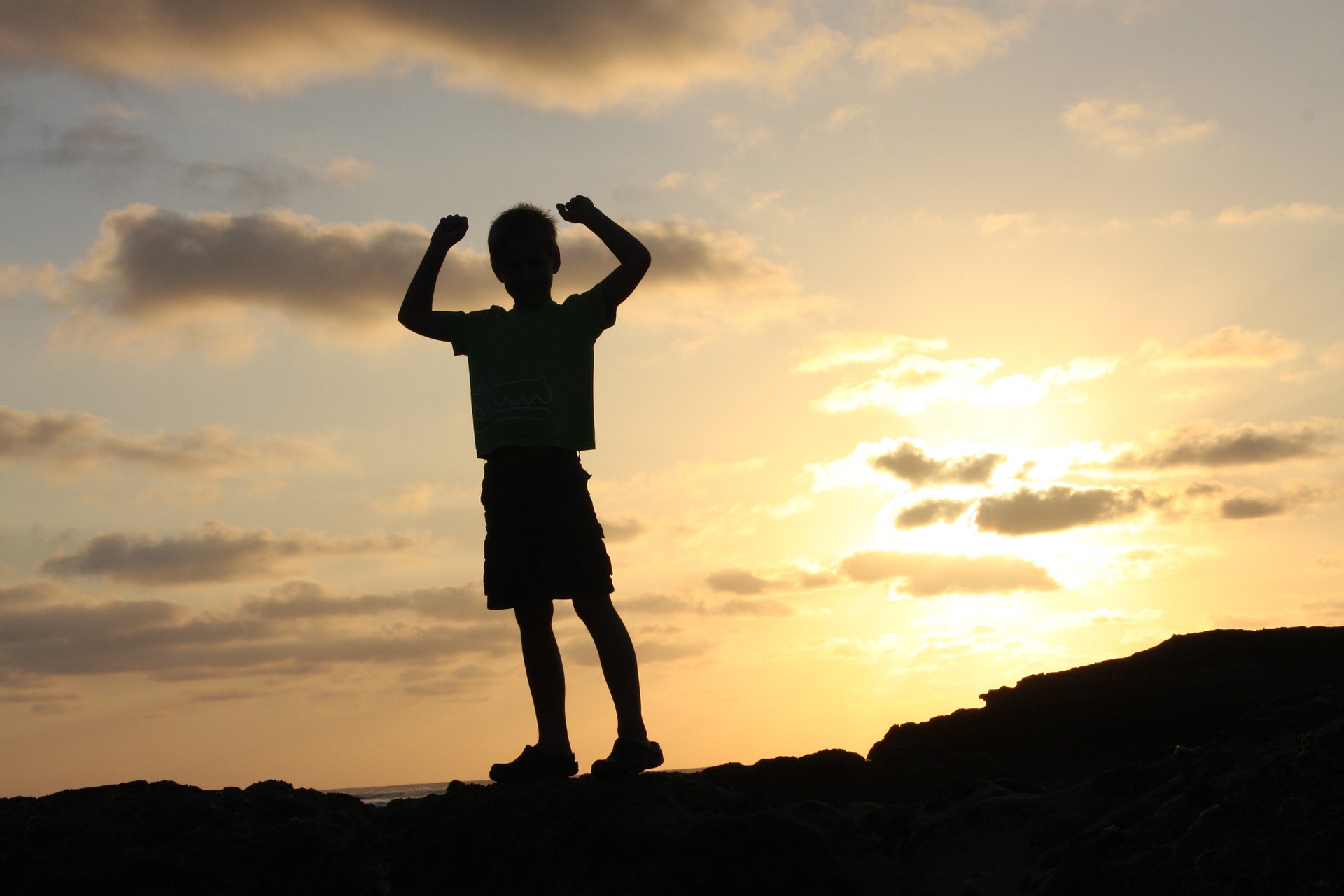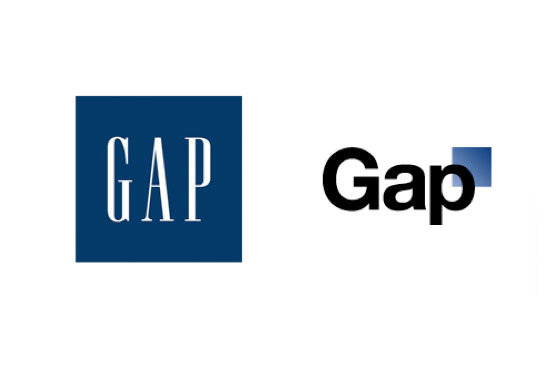In the world of brand PR, change is risky. Even a tweak to a product that enjoys a loyal following must be managed deftly. Case in point: the feeding frenzy after Cadbury altered the recipe for its classic crème egg. The brand’s switch from dairy milk to the more standard cocoa mix chocolate for the egg’s shell resulted in a PR meltdown. The UK Guardian termed the change “an abomination” and called for fans to “fight for chocolate justice.”
The “shellshock” recalled other cases where well-intended updates or other changes were greeted with customer revolt. Yet, sometimes, what seems like a PR crisis can have a paradoxical effect. It can rekindle dormant public sentiment, nostalgia, or even positive visibility for a brand or product.
Ever since the launch of New Coke in 1985 — arguably the most storied, and disastrous, product update in U.S. history, marketers have occasionally tapped deep reserves of consumer loyalty that they may not have even known existed. Here are some recent and classic examples.
Positive PR Driven by Loyal Customers: Trop’s Packaging Loses Its Juice
Tropicana never even saw it coming. When the brand moved to refresh its iconic packaging, customers reacted sourly. They criticized the carton as “sterile” and “generic” and complained that it didn’t stand out on the shelf. Plunging sales figures seemed to confirm the disaster. Feeling the squeeze, Tropicana’s marketers wisely restored the original packaging and apologized to consumers. Trop’s marketing head explained in major media interviews that the brand had listened to its customers and even thanked them for the renewed attention. Crisis averted.
Maker’s Mark Waters Down The Brand Image
This one played out almost like a PR ploy by the bourbon distiller—and, who knows, maybe it was. Maker’s Mark announced that it would lower the alcohol content of its bourbon to stretch its supply in the face of anticipated product shortages. Loyal Maker’s customers found the change hard to swallow. They responded with such outrage that the bourbon retreated on the change within days. “What we’ve learned is that this is the customer’s brand,” summed up Maker’s Mark COO Rob Samuels. I’ll drink to that.
Trouble Brews for Twinings
Another PR tempest in a teacup occurred when Twinings tinkered with its 200-year-Earl Grey recipe. Despite a successful market test, the new blend had a bitter reception from Earl Grey fans, some of whom threatened to throw a Boston-style tea party. Customers created a Facebook page dedicated to restoring the original brew. It succeeded, with one comment calling the campaign “democracy at its highest level.” Smart marketing, too.
Gap Returns to Classic Form
The backlash against Gap’s refashioned logo is familiar to most brand marketers and visual identity experts, and it’s a quintessential case of unintended consequences. A stark new Gap logo triggered a harsh reaction from the social mob, and traditional press was quick to pile on. At first Gap tried to tailor a solution by crowdsourcing new logo designs, but the search only spurred more scorn. It ultimately reverted to the classic logo, and “Gapgate” faded into brand history. But the irony is that the uproar – which was probably confined to design and marketing professionals – gave its brand currency and may have made it more relevant than it had been in years.
Chevy Hits a Roadblock
Chevy’s backfire wasn’t a product change, and it really didn’t amount to much, but it reawakened some longtime love for the brand. A GM marketing executive tried to mandate the use of “Chevrolet” (instead of “Chevy”) in the name of brand consistency, obviously not realizing what a huge asset a nickname can be. When his private memo became a public joke, Chevy quickly shifted gears to welcome back its old moniker.
A version of this post originally appeared on January 27th, 2015 on MENGBlend.




